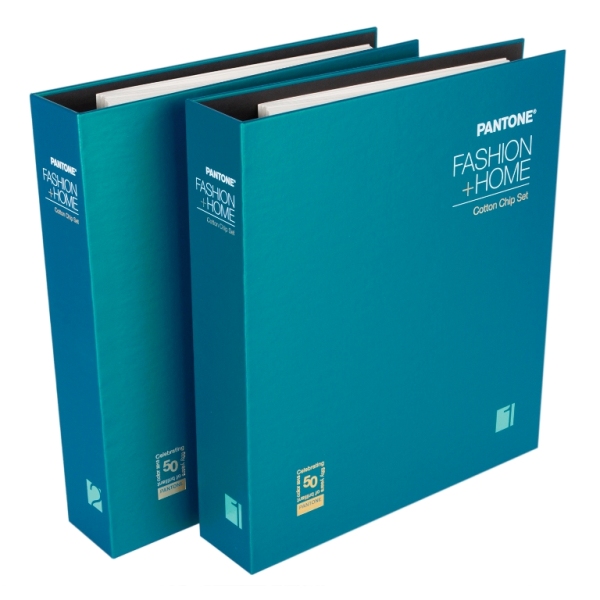🎓 Diploma in Merchandising
Duration: 1 Year (2 Semesters × 16 Weeks)
Credits: 36 – 40 approx.
Mode: Classroom + Workshops + Industry Attachment
Target group: Students or professionals seeking careers in fashion, apparel, retail, or e-commerce merchandising.
Outcome: Ability to plan, buy, price, display, and analyze products professionally.
Course Objectives
-
Build a practical foundation in retail and fashion merchandising.
-
Develop proficiency in range planning, buying, costing, and pricing.
-
Understand visual merchandising and e-commerce principles.
-
Learn data-driven retail analytics and forecasting.
-
Apply merchandising knowledge through projects and internships.
Learning Outcomes
By the end of the program, learners will be able to:
-
Prepare range and assortment plans aligned with sales goals.
-
Develop supplier/vendor communication and negotiation strategies.
-
Calculate landed costs, mark-ups, and pricing structures.
-
Create visual merchandising displays and store layouts.
-
Use Excel and data tools for merchandising analysis.
-
Plan and evaluate promotional campaigns and retail KPIs.
Semester 1 – Merchandising Fundamentals (Weeks 1 – 16)
Module 1 – Introduction to Merchandising (Weeks 1 – 2)
-
Industry overview: retail, wholesale, e-commerce
-
Merchandising roles and responsibilities
-
Product lifecycle & merchandising calendar
Outcome: Understand how merchandising integrates design, buying, and sales.
Module 2 – Product & Range Planning (Weeks 3 – 5)
-
Product categorization, core vs seasonal lines
-
Range planning: breadth vs depth, SKU hierarchy
-
Seasonal calendars and collection planning
Practical: Create a 12-SKU seasonal range plan.
Module 3 – Buying & Supplier Management (Weeks 6 – 8)
-
Sourcing strategies & vendor selection
-
MOQ, lead time, sample approval processes
-
Negotiation skills & supplier performance tracking
Practical: Prepare a supplier evaluation checklist and mock negotiation plan.
Module 4 – Costing, Pricing & Margins (Weeks 9 – 11)
-
Cost sheet components (fabric, trims, freight, overhead)
-
Mark-up vs margin calculations
-
Markdown management & profitability analysis
Exercise: Calculate landed cost and RSP for sample items.
Module 5 – Inventory Management & Replenishment (Weeks 12 – 14)
-
Stock turn, GMROI, safety stock concepts
-
EOQ and reorder level calculations
-
Stock-take, shrinkage control, reporting formats
Practical: Design a replenishment plan for a category.
Module 6 – Visual Merchandising & Store Layout (Weeks 15 – 16)
-
Principles of display design, focal points, colour stories
-
Planogram creation, traffic flow, window presentation
-
Fixtures, lighting, and signage
Practical: Design a window display and a 1-page planogram.
Semester 1 Assessment
-
Midterm quiz (10%)
-
Range planning assignment (10%)
-
Supplier negotiation simulation (10%)
-
Costing exercise (10%)
-
Final written exam + portfolio (20%)
Semester 2 – Advanced & Applied Merchandising (Weeks 1 – 16)
Module 7 – Product Development & Tech Pack (Weeks 1 – 3)
-
Market & trend analysis
-
Spec sheet creation, tech pack components
-
Sample approval & fit sessions
Practical: Prepare a basic tech pack for one product.
Module 8 – E-Commerce & Omnichannel Merchandising (Weeks 4 – 6)
-
Differences between store & online merchandising
-
Product listings: titles, images, SEO keywords
-
Online assortment, navigation, and UX
Assignment: Create five optimized product listings.
Module 9 – Retail Analytics & KPI Management (Weeks 7 – 9)
-
Key metrics: sell-through, conversion, GMROI, ASP
-
Sales forecasting & trend analysis
-
Data visualization using Excel or BI dashboards
Practical: Build a merchandising KPI dashboard.
Module 10 – Promotion & Campaign Planning (Weeks 10 – 11)
-
Promotion types, calendar building
-
Markdown planning and profitability tracking
-
Cross-channel campaign coordination
Project: Design a 4-week promotional campaign plan.
Module 11 – Supply Chain & Logistics (Weeks 12 – 13)
-
Flow of goods from vendor to DC to store
-
Lead time optimization and VMI introduction
-
Packaging, documentation, and delivery tracking
Case study: Map the end-to-end supply chain for a product.
Module 12 – Professional Skills & Ethics (Weeks 14 – 16)
-
Merchandising communication: reports, email etiquette
-
Legal & ethical aspects: labelling, sustainability, compliance
-
Career readiness: resume building, interview workshop
Final Project: End-to-end merchandising plan (range, costing, VM, KPIs).
Semester 2 Assessment
-
Product listings & dashboard (20%)
-
Campaign planning project (15%)
-
Final project & viva presentation (25%)
-
Internship evaluation (20%)
Industry Internship / Field Attachment
Duration: 4 – 6 weeks
Focus areas: Buying office, retail floor, e-commerce team, or supply chain department.
Deliverable: Internship report + supervisor evaluation.
Tools & Software Introduced
-
Excel/Google Sheets: retail math, analysis
-
Canva / Adobe Illustrator (basic): display mock-ups
-
Planogram tools: layout templates
-
Optional exposure: JDA, SAP Retail, or similar systems (concepts only)
Assessment Summary
| Component | Weight | Description |
|---|---|---|
| Continuous assessment | 40% | Assignments, practicals, quizzes |
| Midterm & final exams | 25% | Written tests |
| Major projects | 25% | Range + final merchandising plan |
| Internship/Participation | 10% | Report & supervisor feedback |
Suggested Reading & Resources
-
“Retail Buying & Merchandising” by Richard S. Cox & Paul Brittain
-
“The Art of Retail Buying” by Clive Hallett & Amanda Bryant
-
“Merchandising Mathematics for Retailing” by Cynthia R. Burnette
-
Journals: Retail Gazette, WWD, McKinsey on Consumer Goods
-
Online modules: edX Retail Management Series, Coursera Excel for Retail Analytics
Grading Scale (example)
-
A = 80 – 100 Excellent
-
B = 70 – 79 Good
-
C = 60 – 69 Satisfactory
-
D = 50 – 59 Pass
-
F = Below 50 Fail
Career Pathways
-
Merchandiser / Assistant Merchandiser
-
Buyer / Assistant Buyer
-
Visual Merchandising Executive
-
Inventory Planner / Retail Analyst
- E-Commerce Content Coordinator







